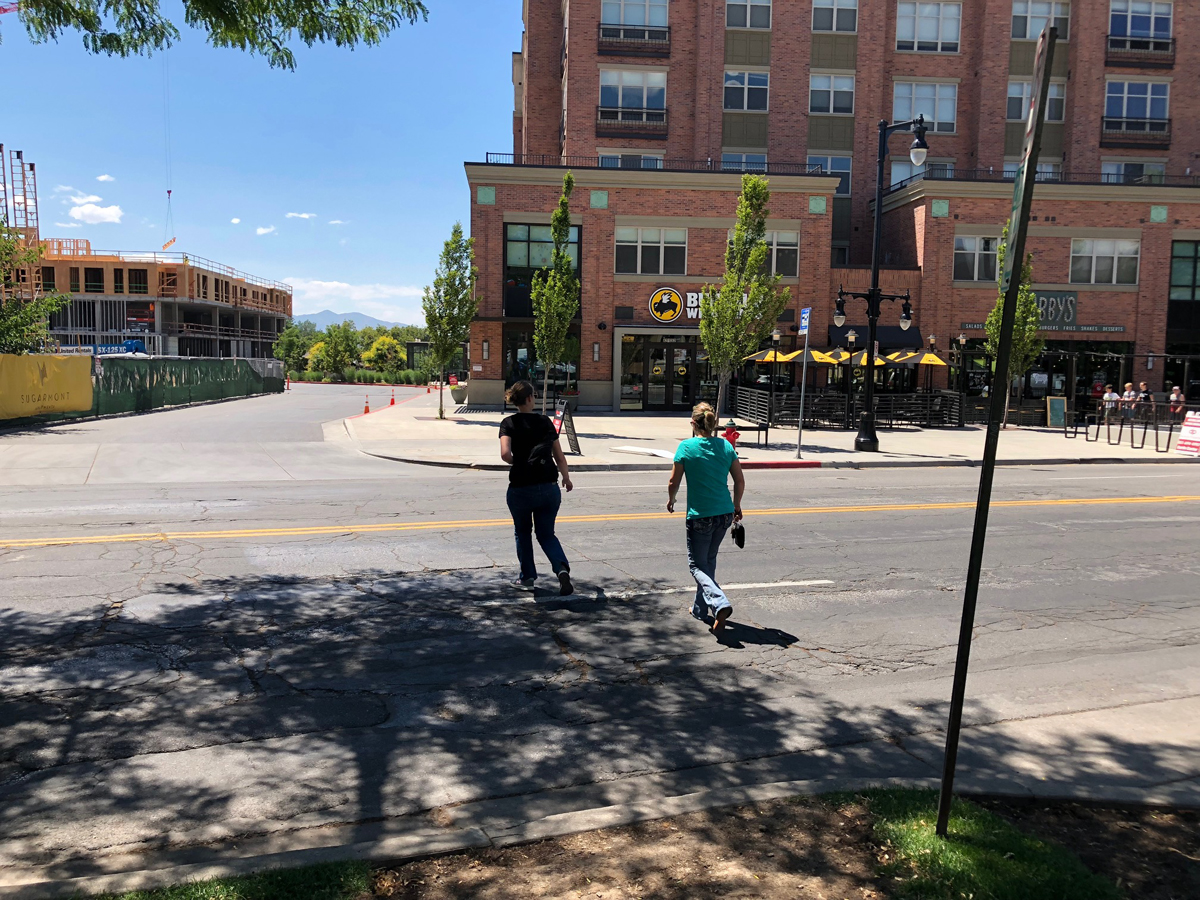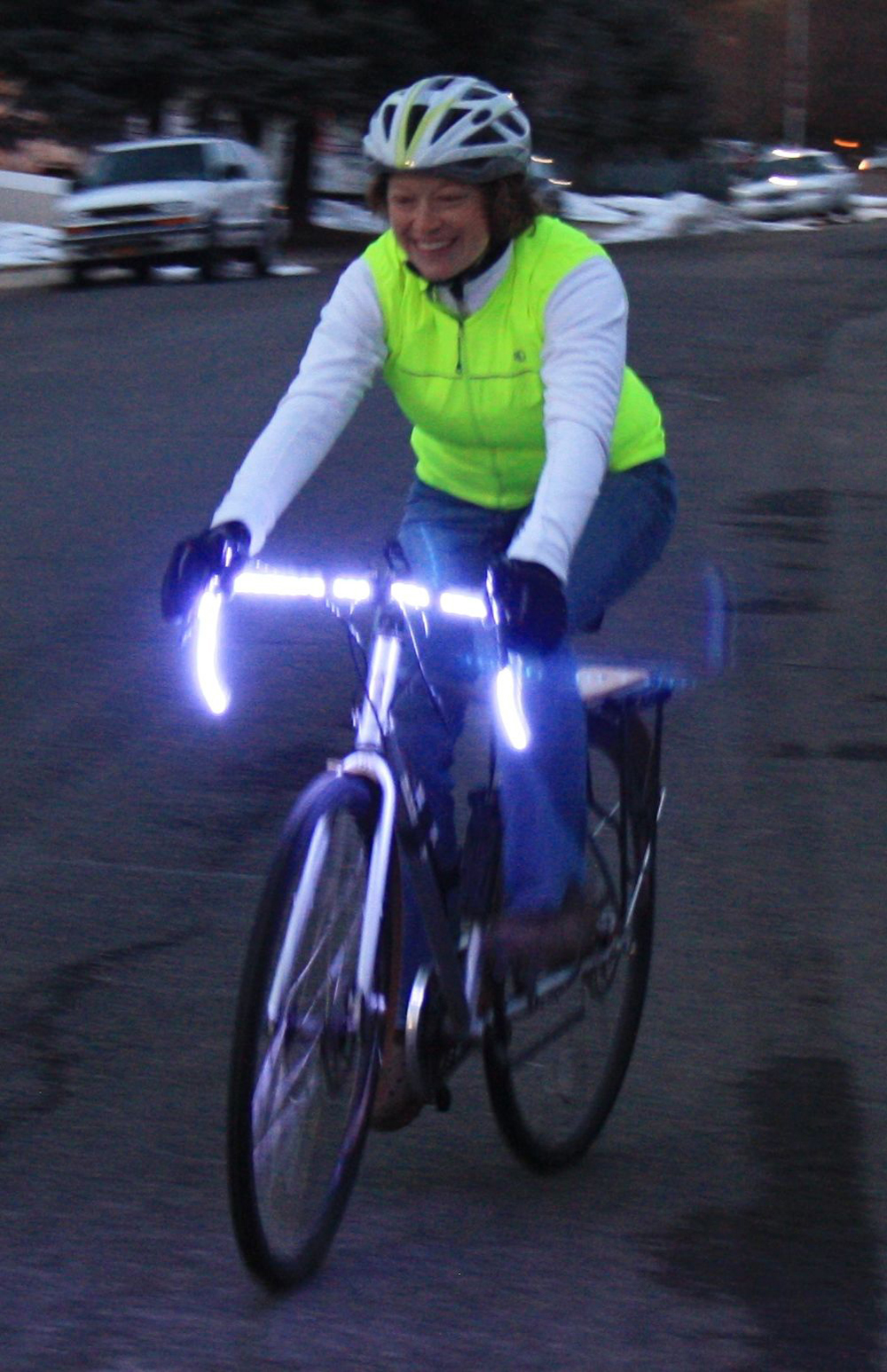By Ken Christensen and Russ Hymas —

Crosswalks:
You may have heard that the law requires cyclists to walk their bikes through crosswalks, but this is more of a suggestion than a rule. However, intersections can be dangerous, so become familiar with these rules, and use good judgment:
Don’t ride where bikes are prohibited
Obey signs and city laws that prohibit bikes on sidewalks, crosswalks, or pathways. These rules often have good reasons, and you can be fined for not doing what they say.
Remember that you have the same responsibilities as a driver
You must yield to pedestrians before turning through a crosswalk. Also, if there is a T-intersection on your left, you are still required to stop at the stop sign or stop light. There could be a pedestrian in the crosswalk – if you don’t stop and hit the pedestrian, you will be responsible.
You Must Ride or Walk at a Reasonable Speed
The law states that a cyclist may not ride in a crosswalk at a speed greater than is reasonable and prudent under the existing conditions, while paying attention to any potential hazards. Some arbitrators and judges have interpreted a “reasonable speed” for a cyclist crossing a crosswalk to be the same speed at which a pedestrian would travel.
Riding Your Bike on the Right Side of The Road, May Be Your Best Option
If you keep your bike on the same path as the shoulder of the road and out of the crosswalk then the crosswalk rules above do not apply. You just have to ride as close to the righthand edge of the roadway (or left of cars turning right) as practicable and under the speed limit.

Bike Lights:
Its that time of year when temperatures start to warm up, but the days remain short. Many rides start or end in dark. Proper preparation and understanding of your duties as a cyclist is important.
Make Yourself Visible
Take extra steps to ensure your safety every time you ride in the dark. This includes thinking about what you wear and about what you put on your bike. Most cycling kit manufacturers have reflective materials built into their kits. If you know your ride will include low visibility or darkness, then choose the kit that has bight colors and reflective materials.
Keep Bike Lights with You and Know When They Are Required
Utah law requires bicycles to be equipped with a white headlight, red taillight, and side reflectors – all visible from 500 feet. The lights must be on a half hour after sunset till a half hour before sunrise. So if you morning ride starts are 6:30am, but sunrise isn’t until 7:15am, you must have lights on until 6:45am. Same thing in the evening, if sunset is at 7:50pm, then lights must be turned on at 8:20pm.
Always make sure your bike lights are fully charged before a ride. If the battery dies and you are hit by a car, then you will bear some responsibility for the collision.
If for some reason your light dies, then end your ride and have someone pick you up. Do not continue riding in the dark.







